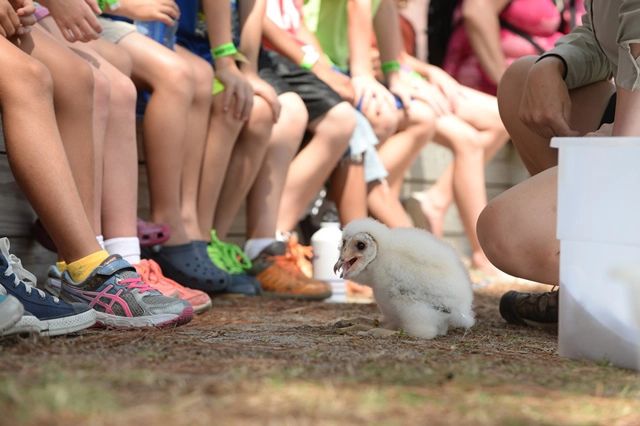
{ Captive Propagation }
The science and practice of captive breeding has become increasingly relevant as a conservation tool. The ability to predictably produce healthy and hearty offspring in birds represents an immense resource for understanding and information in a wide variety of species, whether through sustained breeding of species to second and third generations or through producing large numbers of any single species for potential release and restoration.
There are valuable avian species that have been – and some who still may be – preserved only through successful captive breeding and release strategies. The Peregrine falcon’s recovery in North America serves as a classic example of a successful captive breeding conservation program. Today, captive breeding is being utilized worldwide to preserve priority species like the California Condor in North America, the Orange-breasted falcon in South America, and numerous vulture species in India. Three species of raptors in South Carolina – the Swallow-tailed kite, Barn owl, and American Kestrel – currently exhibit declining population trends which indicate that a captive breeding program may become necessary in the future to save these species. The Avian Conservation Center would be eminently qualified to assume a leadership role in managing a restorative breeding program.

